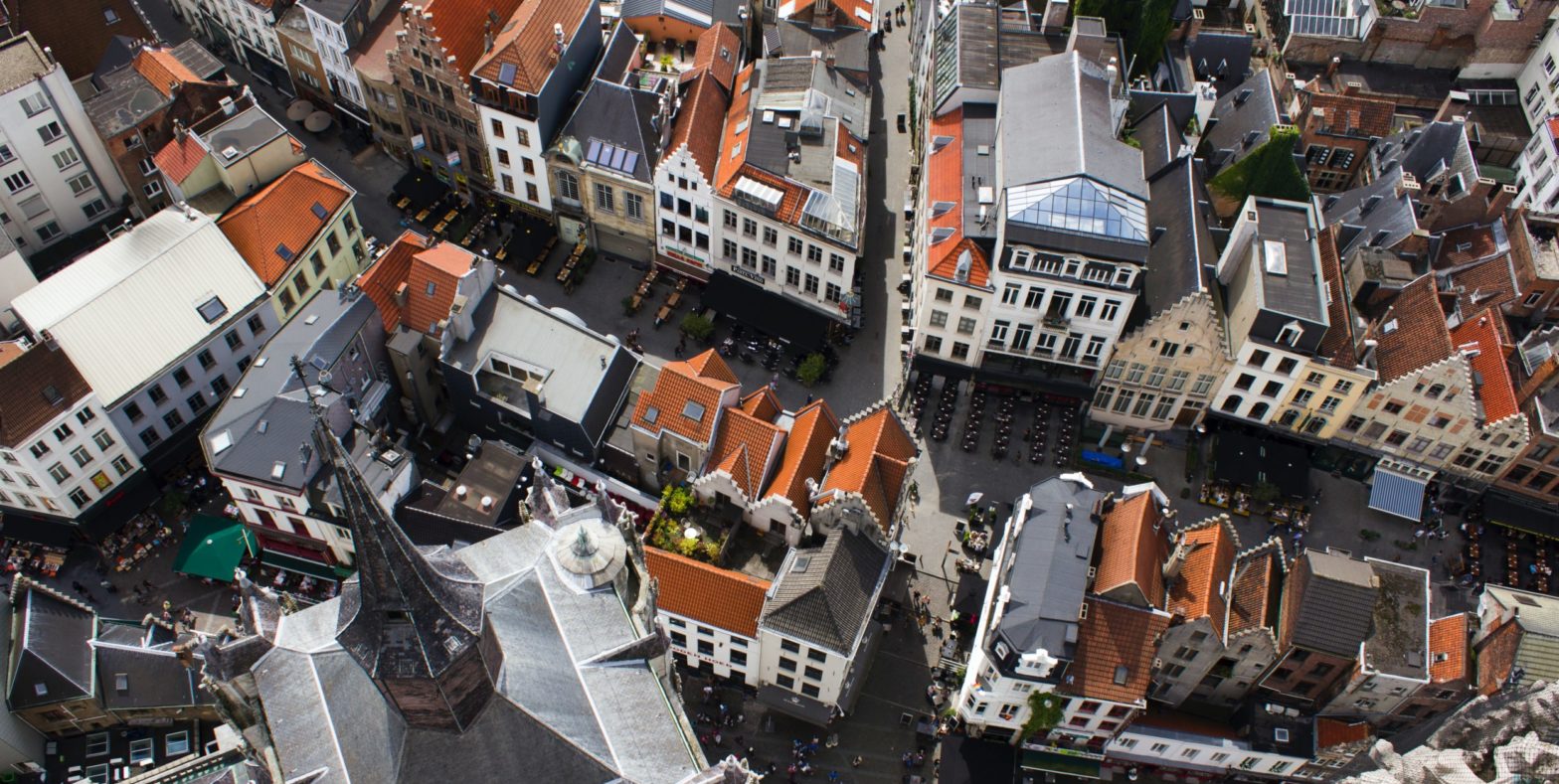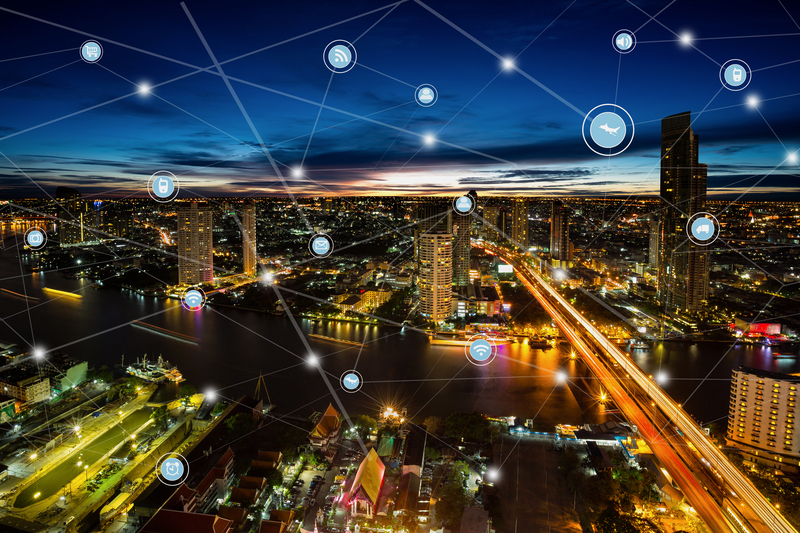
Photo: Darya Tryfanava / Unsplash
Exploring the responsible use of video technology for carbon reduction in cities
13 March 2024
by Marco Auditore, Vertical Business Development Manager City EMEA, Milestone Systems
As urbanisation accelerates globally, cities are grappling with the dual challenge of fostering growth while mitigating their environmental impact. In 2023, the rate of urbanisation was 57 percent with over 80 percent of the global population currently living in urban areas. That’s leading to over 65 percent of the world’s total energy consumption, and more than 70 percent of carbon emissions, coming from urban areas.
By reducing carbon emissions in cities, leaders can have a huge impact on the overall amount of carbon entering our atmosphere. Potentially making significant headway in keeping global warming to no more than 1.5°C (as called for in the Paris Agreement in 2015) and reaching net zero by 2050.
Hence why governments worldwide are committing to making their cities more sustainable. The European Union, for instance, aims to create 100 climate-neutral and smart cities by 2030. These cities will act as innovation hubs for broader urban transformation schemes across the continent by 2050.
To achieve this, city leaders can leverage cutting-edge technology to reduce their carbon footprint, and AI-powered video can be a powerful tool for this. Cameras, connected devices, and video technology are now able to expand beyond their traditional security remit, to support city leaders with pressing environmental challenges. Most notably with reducing traffic congestion and optimising waste management.
Improving traffic congestion and streamlining public transportation can help to reduce carbon emissions. Analysing real-time data from cameras installed at intersections and along roads can give operators an immediate overview of how well traffic is flowing throughout a city. Where congestion is rising, operators can proactively adjust traffic signals, reroute vehicles, and encourage the use of public transport and cycling lanes. Tolls can be implemented for specific areas, such as the Ultra Low Emission Zone (ULEZ) in London, and this can be dynamically changed according to congestion levels. In the long term, data from video systems can inform city planning, including the use of road tolls and road closures at specific times of day to reduce pollution during commuting or school run hours.
AI-driven waste management systems will revolutionize how cities handle their waste streams. Sensors on rubbish bins can integrate with open platform video technology like Milestone XProtect® to alert operators when the bins require emptying. Over time, this data can be analysed to optimise collection schedules to reduce unnecessary bin lorry journeys (and the carbon emitted by them). AI video analytics can also identify illegal dumping and encourage responsible waste disposal, overall fostering a cleaner, more sustainable urban environment.
Key to this is an open platform, which gives the flexibility to integrate with existing infrastructure and add new devices, without technology lock-in. An open platform allows for the seamless addition of sensors, AI applications, cameras, and more to your city surveillance.
As cities embrace AI technologies to help them meet carbon reduction goals, responsible use must be front of mind. Citizens need to trust in the video, and AI, that’s collecting and analysing their data, otherwise, public distrust will hinder the effectiveness and advances of AI in cities. Partnering with reputable and responsible companies like Milestone Systems, which aligns its development and practices with the EU AI Act and initiatives including the G7 Code of Conduct for AI, will help city leaders remain on the right side of AI use.
AI holds unparalleled potential in our cities, fostering sustainable urban development and safety which means citizens can enjoy their city streets for years to come. Working with trusted suppliers and choosing the right video technology software will ensure you reap the benefits of AI across your city operations.
Photo by Darya Tryfanava on Unsplash




